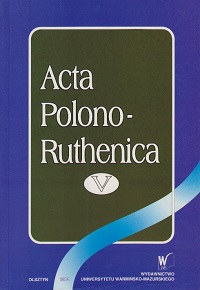
We kindly inform you that, as long as the subject affiliation of our 300.000+ articles is in progress, you might get unsufficient or no results on your third level or second level search. In this case, please broaden your search criteria.

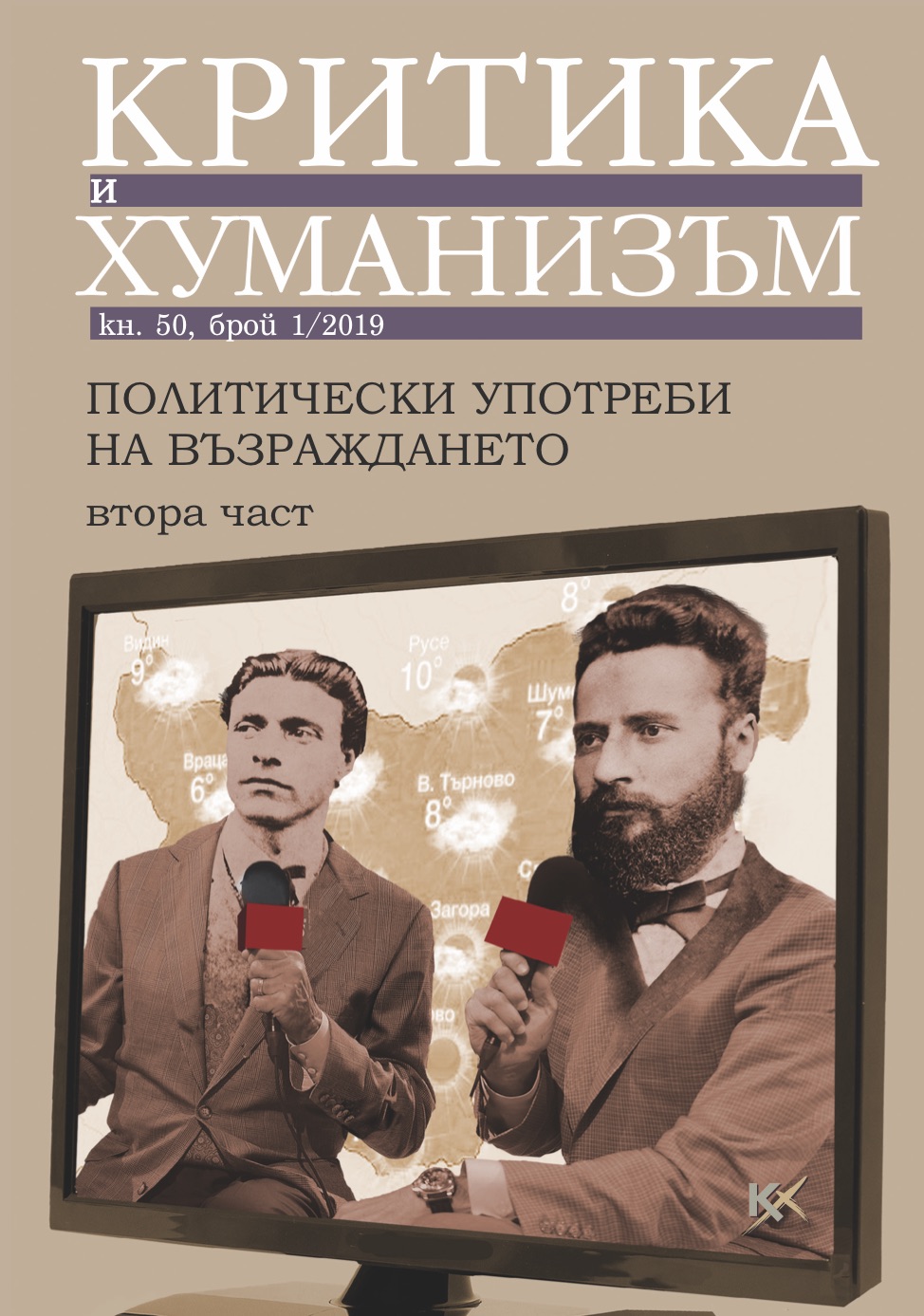
What happens when the genre you are developing dies? What happens with the Estrada musicians when the whole industry of socialist Estrada entertainment dies with the abandonment of the word ‘Estrada’? The text summarizes the results from a research of 10 newspapers, 2 online publications and the so called music reality TV shows on Nova TV and bTV as well as ‘The best years of our lives’ show on BNT in the period 1990 – 2017. The music contests add another category which the contestants abide by: ‘we must be proud as nation’ – the country is not doing well, but we are a nation of talented singers. The main results show that the musicians recreate this specific ‘national mystical language’ as Milena Iakimova defined it (Iakimova, 2011:76). The fault for the state of the Estrada music after 1990 is in ‘our own media’ which don’t play their music. Patriotism is seen as a main strategy for their role on the stage of the folk entertainment.
More...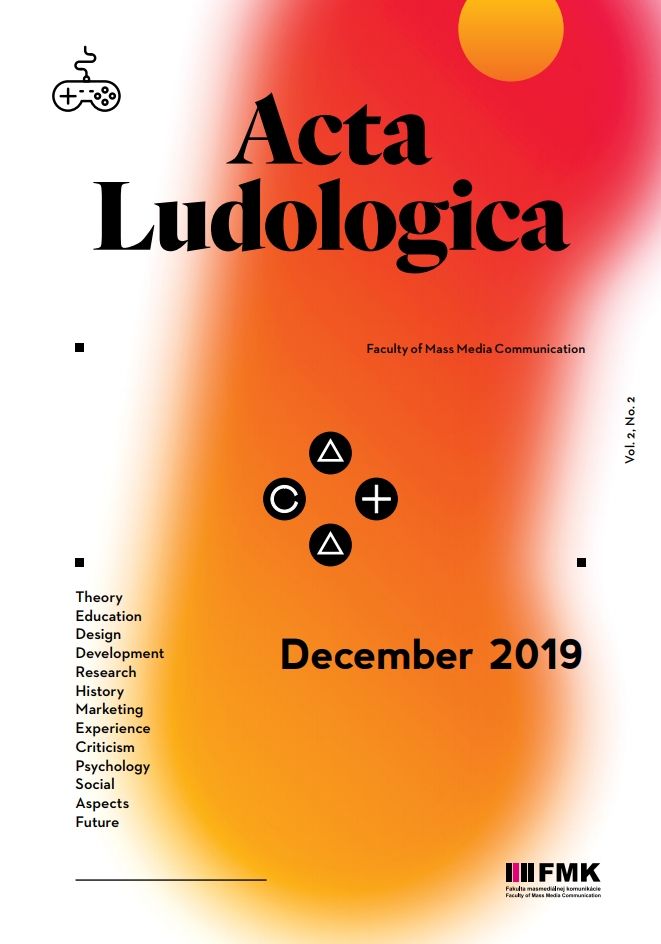
Attention Deficit Hyperactivity Disorder (ADHD) is a neuro-developmental disorder that starts in childhood and has a persistent pattern of behaviour involving lack of attention and/or hyperactivity-impulsiveness that interferes in social, academic or work processes, or reduces the quality of them. Through activities with games, children and adolescents improve memory, concentration, motor planning and time management skills. According to some studies these may present positive effects for the attention span, executive functions, working memory and other cognitive skills. However, there are few studies that explain their effects. This paper presents a systematic mapping study and underlines the direction taken by the empirical studies undertaken on the use of digital games in treating ADHD and ADD. A total of 12 articles, covering 2005 to 2015, were selected. The research questions behind the study were: RQ1 What particular characteristics have been investigated by researchers?; RQ2 What research methods have been used?; and RQ3 On which game has the study on ADD-ADHD been focused?. There are studies are focused on the risk of addiction, increased attention deficit or behaviour problems and studies evaluating the improvement in executive functions, reduction in hyperactivity and motivation. The research methods used were experimental and exploratory methods. Finally, the digital games are analyzed without distinguishing between the genres and theme of the game.
More...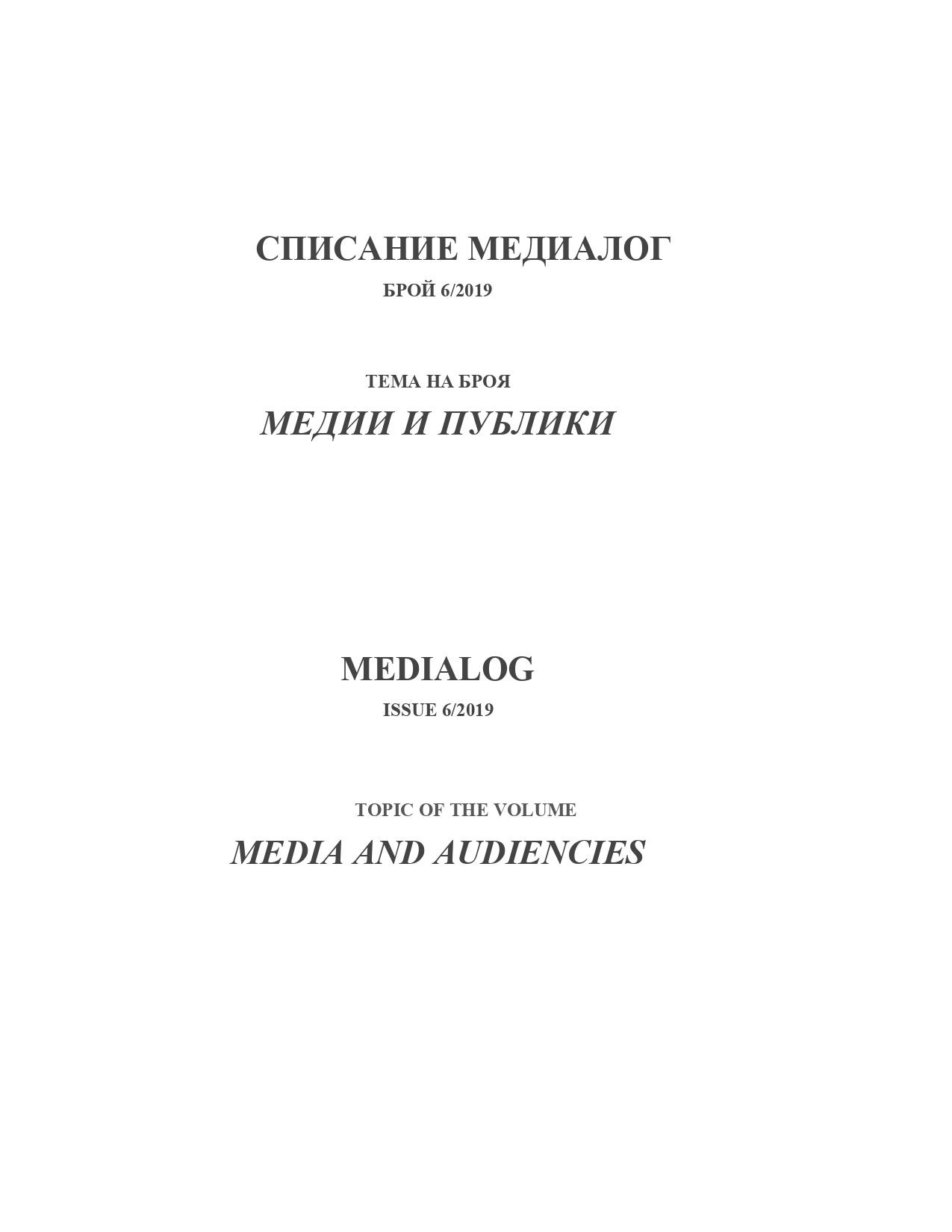
This article looks for an answer to the questions how specific media and musical texts and figures (scripts, shows, songs, singers, hosts) are perceived by the audience, i.e. reception. How power narratives, reflected in media and music, and power media practices take on a life of their own, outside of media context and channels from top to bottom – folklorization. How low media-musical idioms, which can be in dissonance with the official ones, flourish from the bottom to the top. Several cases related to the media reception of folk singers (Petkana Zaharieva, Mita Stoycheva, Gyurga Pindzhurovа) and their newly created songs are considered.
More...
The article presents the results of an empirical study on the use of the term 'hybrid war' (and its analogs) in Bulgarian media. It is focused on the use of the concept in meanings and contexts different from those implied by the existing definitions. The study covers the first five months of 2019. The publications in Bulgarian online media are selected through the news aggregation and analysis system 'European Media Monitor' (EMM). The results show that, in certain cases, the concept is not only used with different meanings, but some derivative concepts are created by the media such as 'hybrid propaganda' or 'hybrid content'
More...
The article analyzes the news about the Euro-Atlantic integration of the Western Balkan countries on the website of the Bulgarian National Radio from 1999 to 2018. The choice of the Bulgarian National Radio is dictated by its public media function – to offer variety of topics from all over the world. The Radio is among the few media outlets in the country that includes such a rich diversity of foreign news to and from the six countries of the Western Balkans. The purpose of the text is to answer the question which events related to the Euro-Atlantic integration of the region are included in the media agenda and which are not. The conclusions were drawn on the basis of a content analysis of publications on the Radio site during the period and interviews with international editors from the media. Given the large time span of the study, eight key milestones in the Euro-Atlantic integration of the Western Balkan countries were selected
More...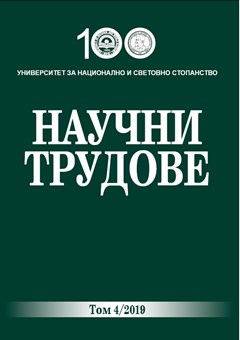
The present article aims to expose the role that the speech patterns of US President Donald Trump plays in the construction of his own political image as well as his stance on key issues pertaining to US foreign policy. It also makes a brief overview of the research on Trump’s speech patterns and discourse markers. A short analysis is made of the lexical, grammatical and stylistic perculiarities of his official statements on the EU and the relations between the United States and their European partners. The research is based on a range of the president’s media statements published in a number of English-language media outlets made during his tour across the EU and NATO, which reveal the limited vocabulary and imprecise grammar. The theoretical and methodological framework is interdisciplinary and includes political studies, the constructivist paradigm in the theories of international relations and some branches of modern linguistics. А special research interest are the discourse markers of Trump’s statements that are at once a linguistic element and an important component of social relations. The analysis shows Trump’s populist attitude as well as the rearranagment of some foreign policy priorities.
More...
This paper aims at outlining phonostylistic tendencies with reference to the presentation of Brexit in the Bagehot rubric of The Economist from 2017 to mid-2019. The introductory section offers a theoretical framework according to which sound symbolism is important and indispensable part of language. The next section presents an analysis of the empirical data. The concluding section summarises the empirical results and makes predictions regarding the phonostylistic presentation of Brexit until Britain leaves the EU.
More...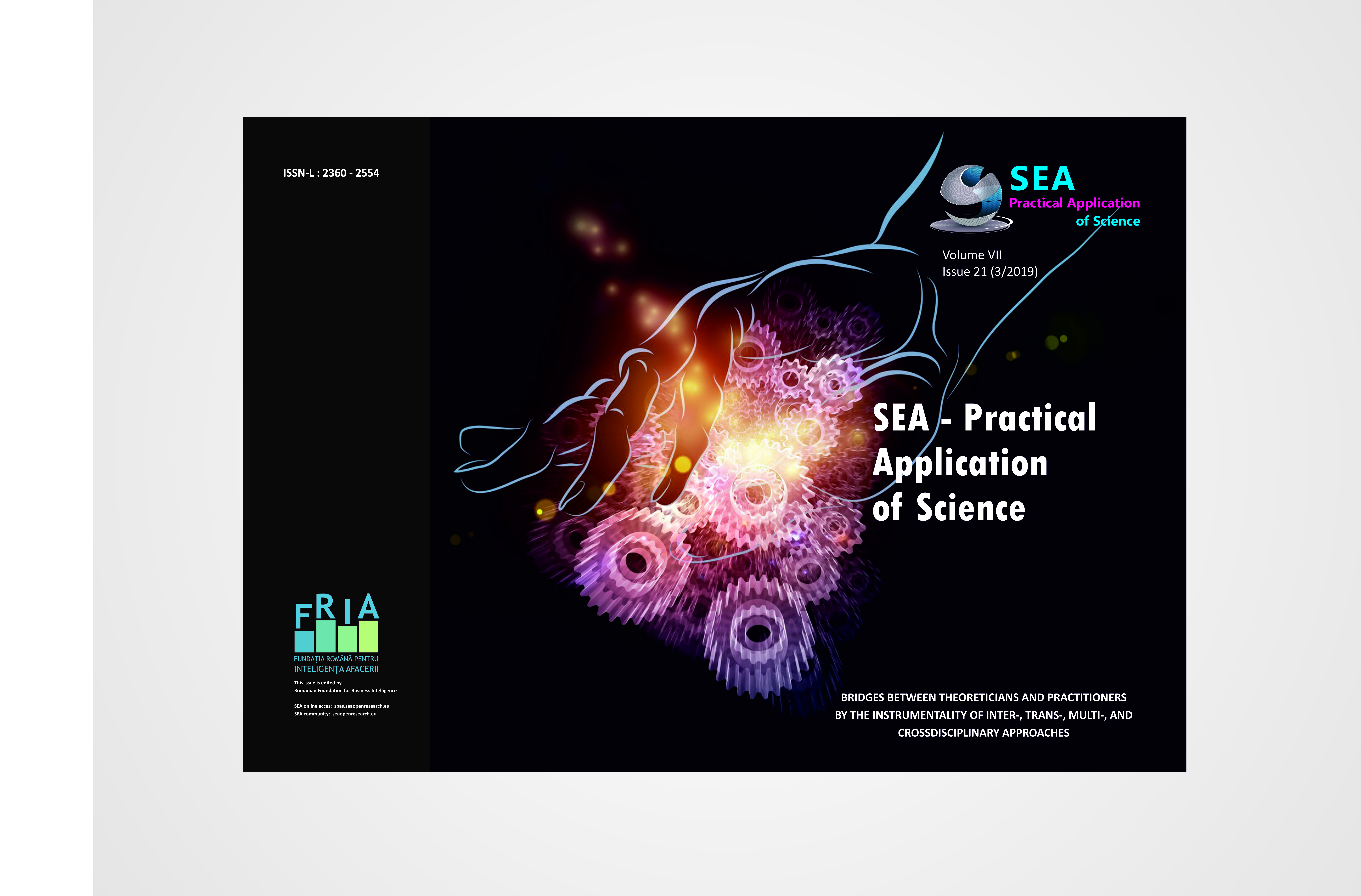
In this article, the author presents some aspects of the Romanian energy system which undergoes crucial transformations in the conditions of sustainable development. The promotion of energy from renewable resources is one of the challenges currently facing the Romanian economy. Due to the efficient political support so far, the electricity generated by renewable energy already represents a relevant share of 24%. As a result, forced market integration and higher renewable energy supply are considered crucial in the next stages of the transformation process. In the long term, the opportunity of installing new coal and natural gas capacities will be given by the evolution of the prices of the ETS certificates, the necessity of establishing a strategic reserve for the SEN safety, the increase of the demand for electricity, the performance of the installed capacities, of the prices of technologies. Romania is among the 14 EU member states that maintain the option of using nuclear energy and investments in two nuclear power plants. But the energy produced by nuclear power plants can be replaced by electricity obtained from renewable sources with much lower costs under sustainable development conditions.
More...
In this study the authors surveyed and compared the Central European (Hungarian, Czech and Slovakian) vets’ and farm managers’ opinion on the critical risk factors and effective farm management of Porcine Respiratory Disease Complex (PRDC). From February to May 2014, 39 farm managers (32 from Hungary, 6 from Czechia, 1 from Slovakia) and 37 vets (26 from Hungary, 10 from Czechia, 1 from Slovakia) working on 75 farrow-to-finish swine farms with 82,500 sows were personally questioned about their opinion on the risk factors and successful management factors for PRDC. The findings revealed that lack of effective farm management and the relating prevalent, recurring, operational problems have the most detrimental effect on the PRDC status on the Central-European pig farms. The results show that the vets considered the majority of the PRDC general risk factors (e.g. housing) to be more reasonable than the farm managers, however, the perceptions of the severity of PRDC pathogens showed much more similarity. It can be concluded that the swine farm managers and vets in Central-Europe should more often conduct a systematic farm monitoring to avoid the operational blindness and to better understand the risk factors of PRDC.
More...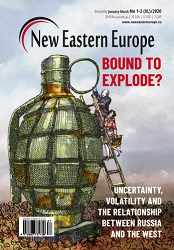
Information aggressors, especially the Russian Federation, are not “reinventing the wheel”. They use existing mechanisms. Journalists and the media, regardless of the provenance, are the first on the “information front” in the war over people’s hearts and minds. They have a choice: ignore or refute this fact or accept their role as a key element in state security and the information space.
More...
All the lies will not disappear as the pandemic retreats, but it may be an opportunity for the Slovak state to give these threats the attention they deserve.
More...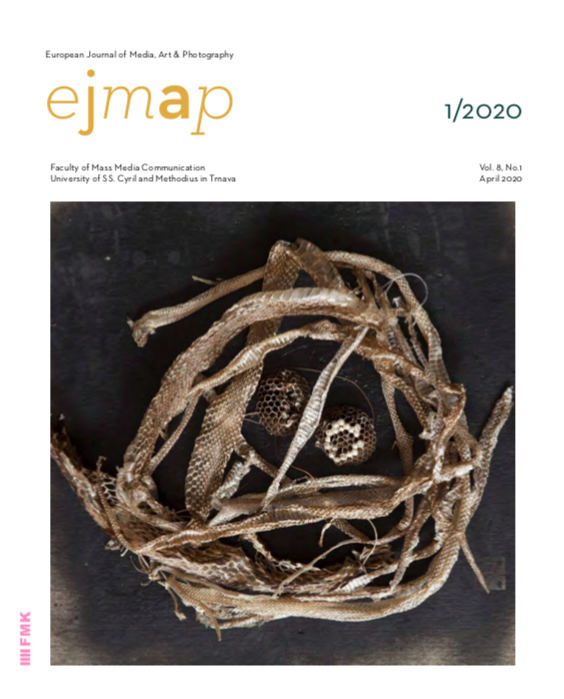
A specific type of society or historical period is usually determined by characteristic kinds of technology and corresponding forms of media contents that shape the public discourse and reflect both collective social experience and individual lifestyles. Given the preferred kinds of media products and media entertainment forms, contemporary society is terminologically denoted as “postmodern” (or “late modern”), largely due to the obvious expansion of gaming technologies and the Internet. Digital games and virtual gaming environments have become prominent forms of media entertainment, especially in the case of children, teenagers and young adults. The fact we cannot forget to mention is that every emerging societal model reflects or rather revisits and reshapes at least some of typical cultural elements and means of expression known from previous cultural epochs (for instance, digital games production draws inspiration and creation principles from modernism, classicism and other art or philosophical movements). These aspects are either recreated in identical ways or modified in order to include some of the already known features and consequently shape their own prominent characteristics. Particularities of the current postmodern (or late modern) society and its products are thus at the centre of our attention. The main objective of the study is to reflect on the presence of specific traits of postmodernism in the dimension of digital games. To reach the given goal, we mainly apply logical-conceptual methods of textual analysis, while the issue of mapping the characteristics of late modern culture in relation to digital gaming products is subject to a discourse analysis. Defining the basic terms such as “postmodernity” or “postmodernism” and introducing the elementary concepts related to this cultural form will help us to achieve the primary objective. The presented theoretical premises thus become adequate fundamentals for clarifying the presence of typical features of postmodern culture in both the formal design and narrative structure of digital games.
More...
The first forms of the accent script were created at the beginning of the 19th century and at that time there was no indication that they would be very popular even in the second half of the 21st century. The reason for their emergence was the first industrial revolution and new requirements for the use of the font. In the 19th century, printers began to print various promotional and promotional prints more intensively and did not have the appropriate font for this type of printing. The article deals with the reasons for the creation of license fonts and the purpose of their use, while examining whether the original function of the font still applies today.
More...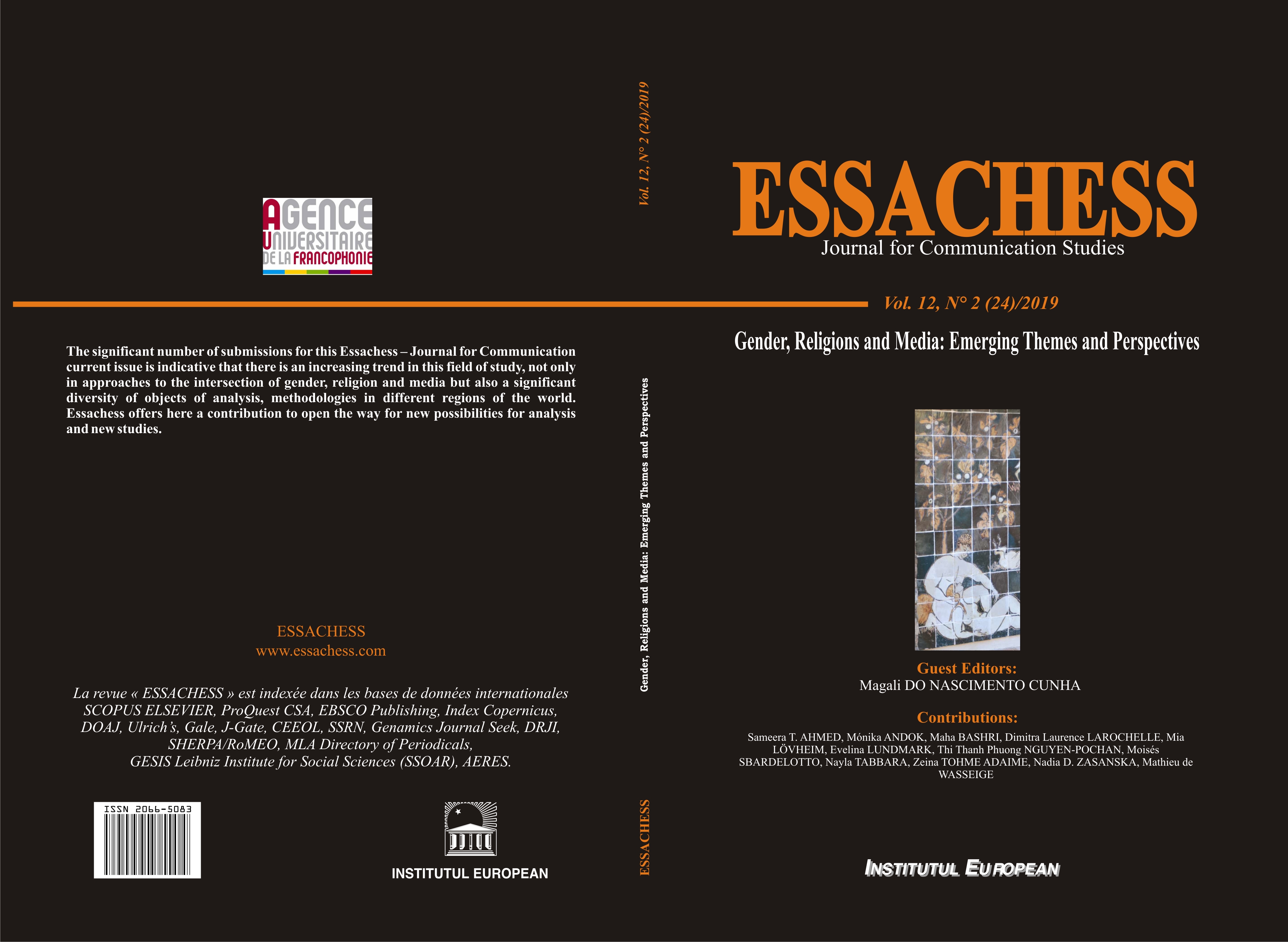
This article discusses how women’s authority to speak about religion is forged in digital media and builds on empirical work focusing on bloggers in a Swedish context and vloggers in a North American context. These studies show how women’s self-performances in digital media are characterized by a communicative intention towards authentic self-expression. We argue that these self-performances also enable a particular form of authority to emerge, that is dependent on an individual’s personal qualities and ability to inhibit and/or perform certain values; relational and co-effected, forged in constant connectivity with audiences. Authenticity is a core characteristic of this form of authority in the sense of a connection between being true to your inner self and acknowledging your dependence on others. Finally, vulnerability is an intrinsic part as, on the one hand, a condition enhanced by the socio-technological affordances of digital media and, on the other, as a possibility to challenge stigma, open up spaces of inclusivity and enacting a different ideal of authority.
More...
Based on empirical researches the article presents what gender differences can be unfolded in the digital media usage of Hungarian religious communities. In the theoretical background, the study overviews the literature of the research history of gender differences related to religions (King, 2004; Aune, 2015; Fedele, 2018). It also relies on the Religious Social Shaping of Technology (RRST) theory and the Uses and Gratifications theory, which serve the theoretical and methodological basis of this research (Brubacker & Haigh, 2017; Ratcliff, McCarthy & Ritter, 2017). Relying on these, the patterns of digital media usage of two Hungarian religious communities will be uncovered. The methodological process was the following: at first in-depth interviews were conducted with the communication leaders and bloggers of these communities, which were carried out concerning the RSST theory (Campbell, 2006, 2010, 2013, 2016; Cheong at al., 2012; Herteliu, 2018; Tudor & Herteliu; 2016, Falca, 2018). Following this, supported by the results of the interviews and the previous uses and gratifications researches, two questionnaires were composed (Laney, 2005). We got more than 600 respondents among the so-called “777” community (young Catholic bloggers community) and 64 respondents among the Hungarian Krishna-Conscious Believers community.
More...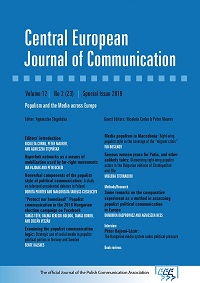
The article provides an analysis of the mobilization strategies of far-right movements from the Czech Republic and Germany based on the content they provide via hyperlinks on their websites. Vertical and reticular characteristics of the hyperlinked pages have been analyzed, two aspects which form central parts of the mobilization strategies of social movements. The vertical level refers to territorial relations, while the reticular level refers to relations with other actors. The analyses confirmed that the movements focused on the vertical level to their countries of origin. With respect to reticular characteristics the type of hyperlinked content neither differs significantly throughout countries, nor throughout segments of the far-right movement. Additionally, the analysis of the type of hyperlinked content provides insight into the general mobilization strategies employed.
More...
While much of the scholarship on populist political communication focuses on its content and a verbal style, less is known about the nonverbal cues accompanying populist messages. This paper aims in filling that gap by providing findings of the study on characteristics of nonverbal communication of two Polish presidential candidates: Bronisław Komorowski and Andrzej Duda, traced during two debates broadcast on television before the second round of the presidential elections in 2015. The results revealed that both candidates employed nonverbal cues such as appearance, eye contact, facial expressions, or gestures that emphasized their references towards the people or negative attitudes towards elites expressed in their verbal messages. The study also proved that the methods used previously in research on nonverbal content on television observational protocols and analysis of facial expressions may be successfully employed in studies on nonverbal components of the populist style of communication.
More...
Previous research has demonstrated that right-wing populist parties are particularly successful in gaining engagement and interaction on social media, but less is known about how rightwing populist parties use social media strategically, both in relation to voters and news media. By focusing on two Nordic countries, Norway and Sweden, this paper addresses the strategic use of social media within the Sweden Democrats and the Progress Party based on three different data sets: interviews, content analysis of Facebook posts, and engagement data from the parties’ Facebook pages. This study finds that the two populist parties basically follow up their social media strategy in practice, and the Sweden Democrats are more closely following a populist communication logic in their Facebook posts. The article argues that right-wing populist parties’ social media strategy and communication style must be understood in relation to their position in the political system and the parties’ different phases in the life cycle model of populist parties.
More...
The communicative style used to exclude immigrants from the idea of “the people” is the scope through which right-wing media populism is measured in a case study of Macedonia, a post-communist country on the Balkan migrant route. Quantitative content analysis of articles from four Macedonian right-wing partisan news outlets N = 409, demonstrates a clear change in tone in coverage of migration, marked by an increase of populism as the “migrant crisis” intensified. Logistic regression confirms that incivility, as a proxy for the intensity of partisan bias, is a significant predictor of populism, and opinion pieces have a significantly stronger populist tendency than news reports. The findings show that online news outlets, however, are not more populist than traditional print media.
More...